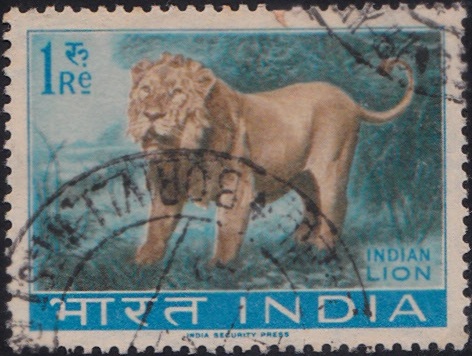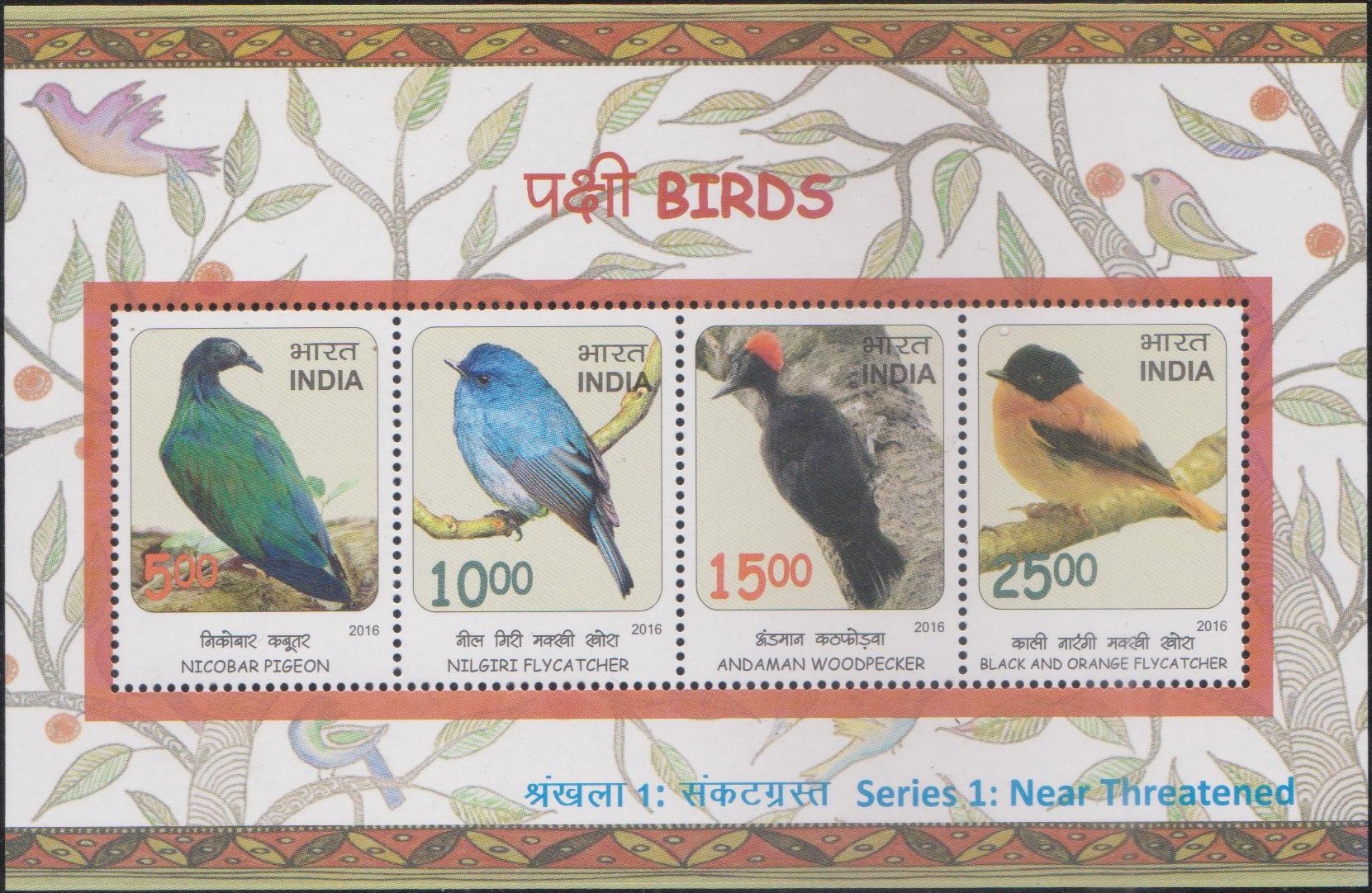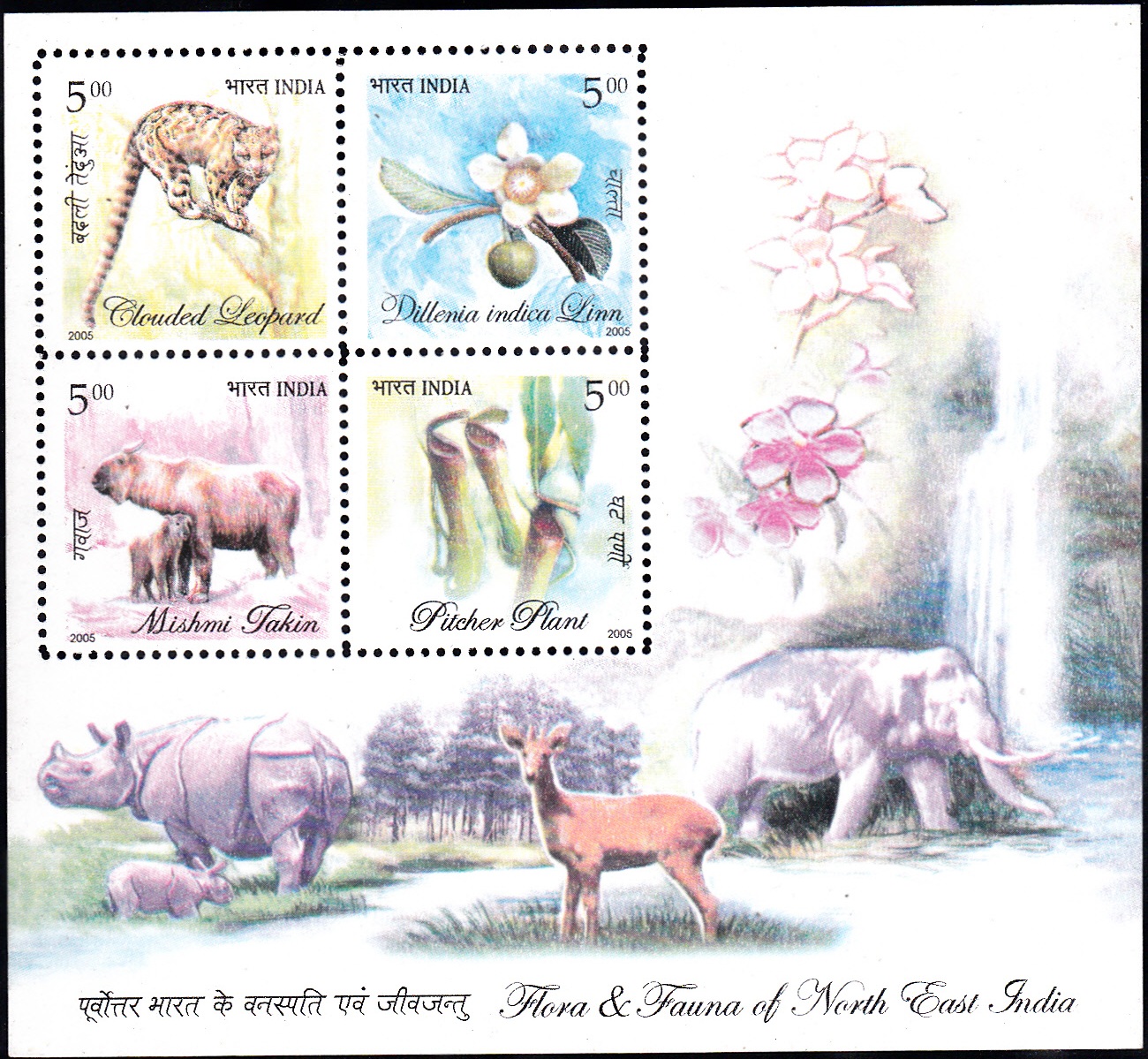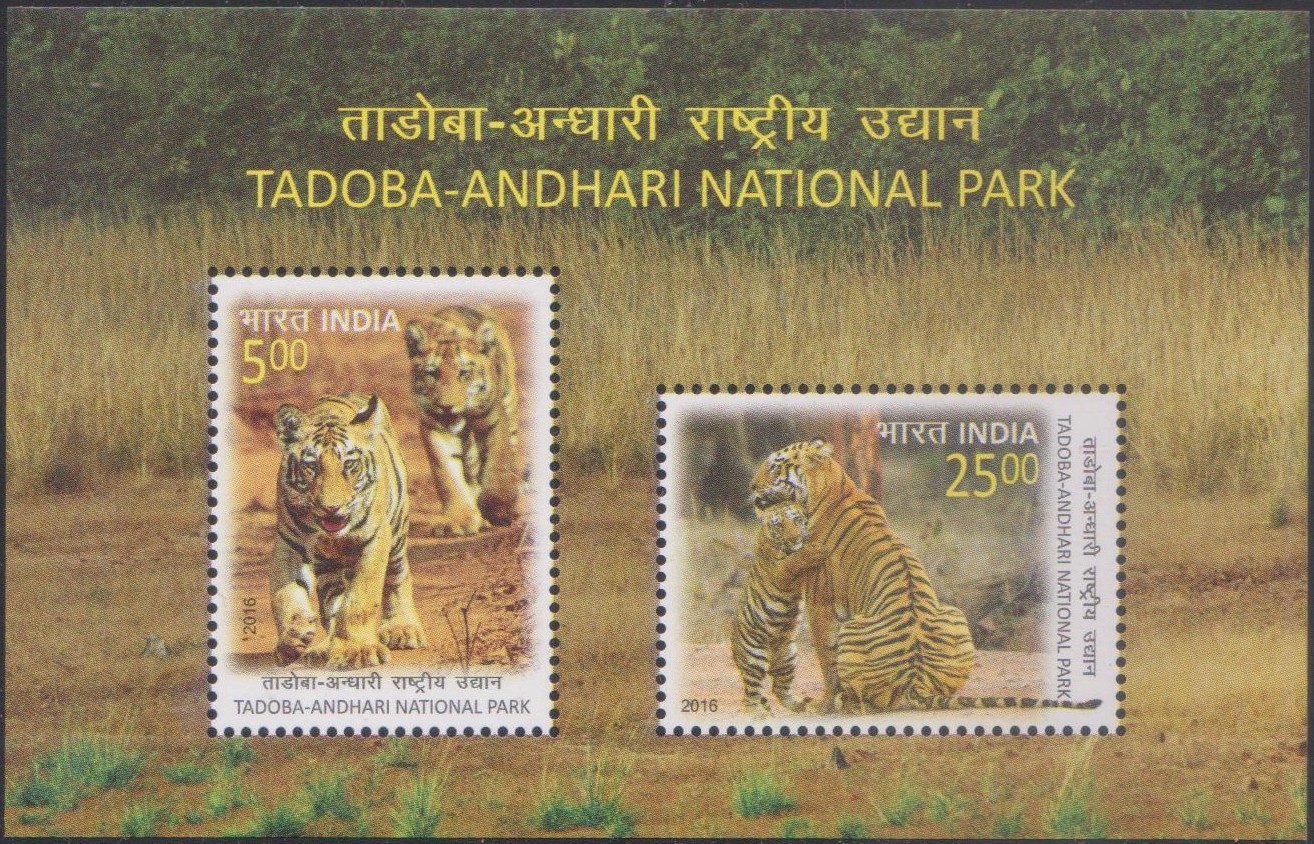
Rare Fauna of North East India
A Miniature Sheet consisting of 3 nos of commemorative postage stamps on the Rare Fauna of the North–East : Red panda, Phayre‘s leaf monkey and Marbled cat :




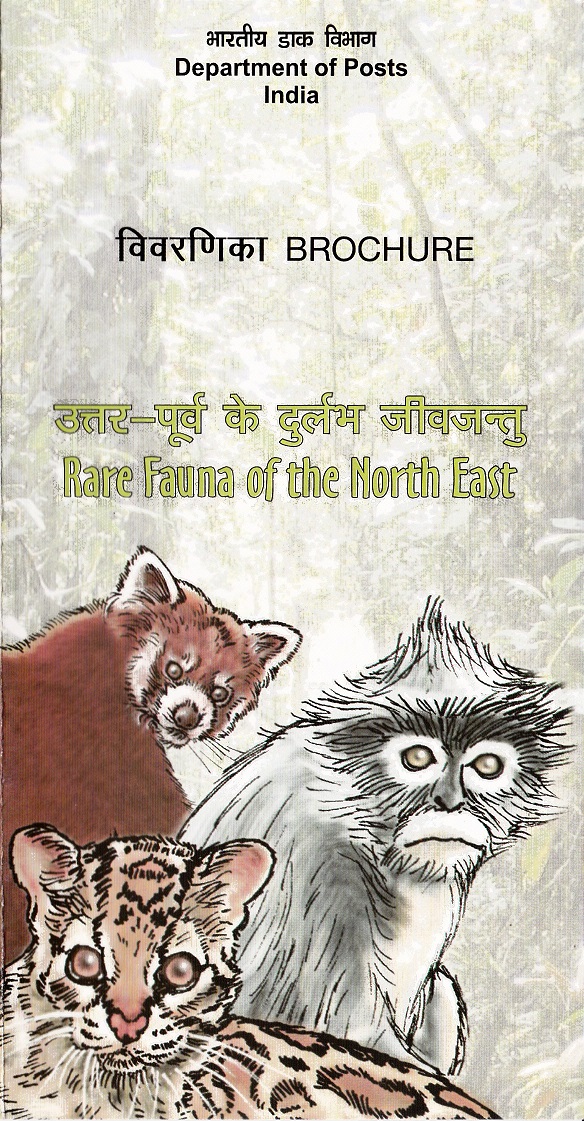 Issued by India
Issued by India
Issued on Oct 1, 2009
Issued for : India Post by issuing Commemorative Postage Stamps on the Phayre’s Leaf Monkey, the Red Panda and the Marbled Cat of the North-East region, invites attention to the rich Zoological Heritage of India and the need to preserve this legacy for generations to come.
Credits :
Stamp design & FDC : Suresh Kumar
Cancellation : Alka Sharma
Type : Miniature Sheet, Mint Condition
Colour : Multi colour
Denomination : 500 Paise each
Stamps Printed : 0.8 Million each
Miniature Sheets : 0.2 Million
Printing Process : Wet–offset
Printer : Security Printing Press, Hyderabad
About :
- The North–East of India is known as a geographical gateway for much of India‘s flora and fauna. The region comprises eight states: Arunachal Pradesh, Assam, Meghalaya, Manipur, Mizoram, Nagaland, Tripura and Sikkim. The region is endowed with a wide range of physiographic and eco-climatic conditions. The forests here are extremely diverse in structure and composition, combining tropical and temperate forest types, alpine meadows and cold desert. This area is one of the richest in biological values, high in endemism and holds a large number of rare species that are now under serious threat, as they are subjected to slash and burn or shifting cultivation, which leaves their habitat degraded and fragmented.
- Red Panda :
- The Red panda has a rounded head, large erect pointed ears, a stumpy muzzle, and short hairy-soled legs which protect it from the cold and hide scent glands. These, combined with its bright chestnut colouring and ringed tail, are its distinguishing characteristics. The face and lower lips are white with a vertical red stripe form just above the eye to the gape. It has semi-retractile claws and a “false thumb“, really an extension of the wrist bone. The Red panda lives in the temperate forests of the Himalayas above 5000 ft. or so. The animal spends its day sleeping in trees, with its bushy tail wrapped over its head or its head tucked between its forelegs. In the evening it descends to the ground to hunt for food, climbing back to its roost in the morning. “Panda” is an Anglicisation of “poonya” which means “eater of bamboo”. It is also commonly known as the “Wah” because of its distinctive cry. Despite having a digestive system more suited to a carnivorous diet, it subsists primarily on bamboo in the wild. It is an excellent climber and forages largely in trees.
- Phayre‘s Leaf Monkey :
- Phayre’s Leaf Monkeys are coloured greyish to black with the brow, hands and feet being black, and the upper arms, legs and tail, a silvery grey. They have a white patch around the eyes and on the upper and lower lips giving them an appearance of wearing glasses. Neonates are orange coloured young ones whose coloration changes after about 3 months of age. In contrast to the spectacled Langur, the Phayre’s Langur has an extended crested cap which occurs in all ages, sex and classes except the new born infants. The species, is slowly dying out, and 50 years hence this monkey might not survive, due to poor reproductive capacity. Living in dense forest, the monkey groups keep to the trees and seldom come to the ground even to drink, taking their water from dew or rain drenched leaves. They are vigilant, restricting their food to fruits, flowers and leaves of a large number of trees. They are shy and wary and quick to take fright or screen themselves between the foliage. In India they are found only in Tripura. Some might be temporarily migrating through the adjoining districts of Cachar and Karimganj of Assam and the Chittagong hill tract of Bangladesh. The entire group is very fond of newborn babies, each member trying to take and keep the baby in its custody.
- Marbled Cat :
- The Marbled Cat is about the size of a domestic cat. Its head and body length is 45-62 cm (18-24) and it weights 2-5 kg. Its tail is extremely long and bushy. The background color of its fur varies from dark gray-brown through yellowish gray to red-brown. The flanks and back are strikingly marked with large, irregular, dark-edged blotches, the legs and under parts with black dots, and the tail with black spots and rings. There are spots on the forehead and crown, which merge into narrow longitudinal stripes on the neck and irregular stripes on the back.
- The marbled cat is primarily an animal of moist tropical forests, but there is only anecdotal information on the specificity of its habitat requirements which range from mixed deciduous-evergreen forest areas and mountainous evergreen forests to secondary forests, clearings, six-year-old logged forest, and Dipterocarp forest. it has been found from sea level to 3000 m (10,000 ft.). Birds and rodents have been reported as likely forming a major part of its diet. Although previously considered primarily a nocturnal creature, recent observations of the cat have been made throughout the day.
- Apart from Northern India the Marbled Cat is found also in Nepal, Guangxi and Yunnan (China), through Cambodia, Laos, Myanmar, Thailand, Vietnam, peninsular Malaysia, Sumatra (Indonesia), and Borneo. It is rarely seen in the wild due to its secretive nature and preference for remote forest areas.
- The major threat to the marbled cat is habitat destruction caused by the felling of trees and the traditional shifting cultivation. It is intolerant of human disturbance, abandoning a forest that is even moderately disturbed. Poaching for skins, bones and meat may also be a threat.
- Text : Based on the material provided by the proponent.


